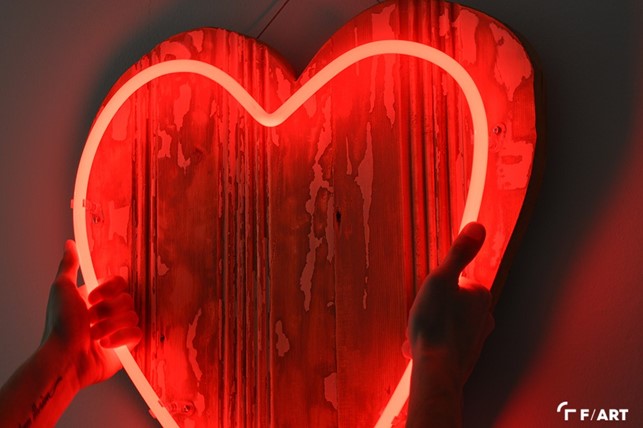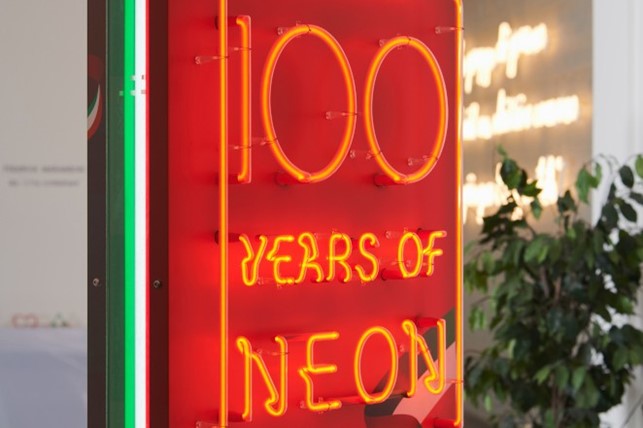The discovery was made in 1675 by the French astronomer Jean Picard who noticed a slight light at the top of a glass tube, which formed the end of a mercury barometer.
A certain static electricity ionized the mercury molecules present in the upper cavity.
Only when the fundamentals of electrical energy were discovered could the phenomenon be explained and classified as a discharge in an ionized gas.
From that moment on, the creation of a type of lamps very common in the world of lighting would have started: neon lamps.
The French chemical engineer Georges Claude (1870 - 1960) was the first to apply an electrical discharge to a sealed tube filled with a gas discovered around 1902.
Neon gas was discovered in London in 1898 by William Ramsey and MW Travers.
The term neon comes from the Greek "Neos", which means "the new gas".
Georges Claude exhibited the first neon lamp to the public on December 11, 1910, in Paris.
In about eight years, a very inexpensive method of extracting neon from the air was discovered which made it possible to market the lamps on a large scale.
It was in 1912 that the first sign for a barber shop was built and sold and in 1913 the "CINZANO" sign - with letters one meter high each - was placed in plain sight on the Champs-Elysees: the era of neon was started.
In 1923, Georges Claude with his company "Claude Neon" entered the United States market with the first neon signs.
The first customer was a Packard automobile dealership in Los Angeles. Anthony C. Earle who purchased two Packard signs for $ 24.000.
Visible even in daylight, they were a real reminder: people stopped to stare at them spellbound and they were soon baptized "liquid fire". Since then the diffusion of the neon sign as a medium for advertising began and still continues its wide and varied use
The cold cathode lamp, generally known as "neon", is a system that includes several components:
- strictly glass tube, it can be transparent or colored, the latter is produced in Murano-Venice.
- pure or mixed noble gases
- fluorescent powders that convert UV light (not visible) into visible light
- electrodes at the ends of each tube
- transformer: to convert the voltage of the “common socket” into a voltage suitable for the operation of the lamp
The cold cathode is a handmade lamp, so called because during operation it never exceeds 40 ° C, only inside the electrodes can the metal cylinder reach up to 200 °.
The lamp can therefore be touched by hand without getting burned.
The life of the lamp is on average 50 hours, but with correct execution and adequate installation it can be significantly higher.
The hot cathode instead, typical of common industrial fluorescent lamps, has electrodes that withstand a temperature of 900 ° C in correspondence with the tungsten filament, with a very high external temperature, and usually does not exceed 15 hours of life. .
Source: fart-neon.com




